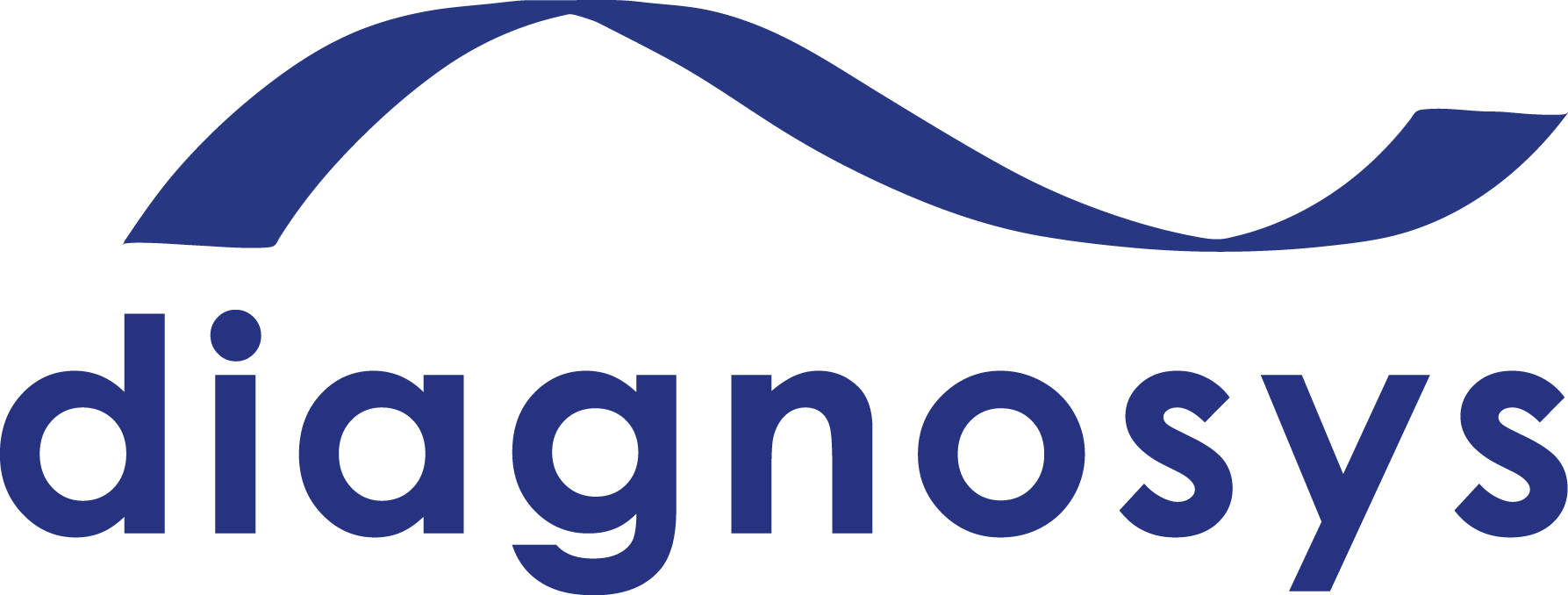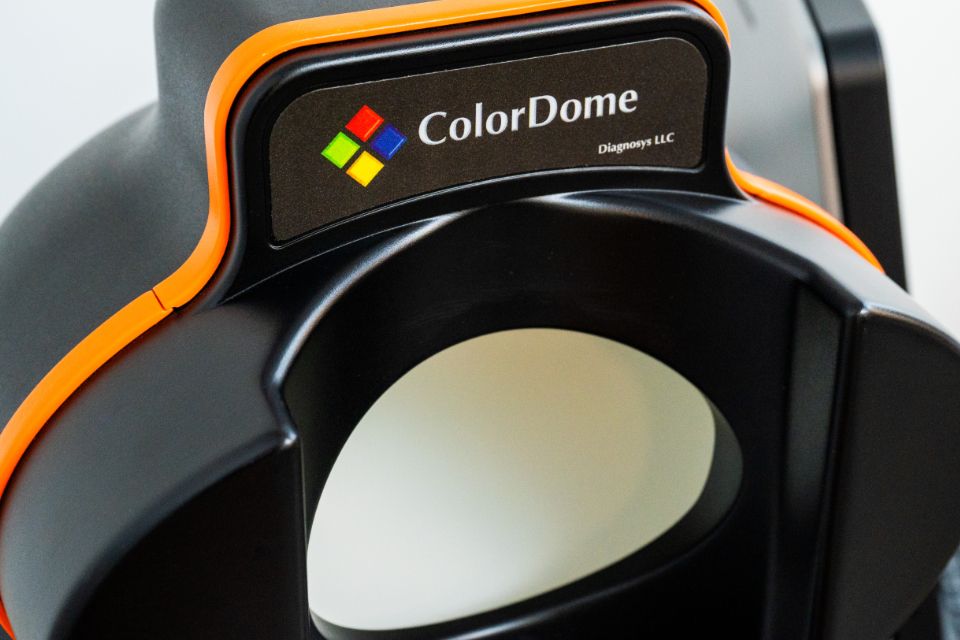New approaches to retinal therapies such as gene therapies, optogenetics, and regenerative medicine could significantly improve the quality of life of patients with low or no vision. Endpoints play an important role in the translational process by providing the objectivity necessary to determine the effectiveness of these prospective therapies. Regulators in the U.S. and Europe have set a high bar for what can be accepted as a trial endpoint. Against that backdrop, the full-field stimulus test (FST) stands out as an emerging success among various diagnostic options.
Insights from regulators
In 2017, the National Eye Institute (NEI) and the U.S. Food and Drug Administration (FDA) published a joint paper reporting on a public workshop convened in November 2016 and organized by the Association for Research in Vision and Ophthalmology (ARVO) and the Foundation Fighting Blindness (FFB). This was an endpoint workshop on age-related macular degeneration (AMD) and inherited retinal diseases (IRD). The goal of the interactive forum for researchers, clinicians, and regulators-including the European Medicines Agency (EMA)-was to optimize clinical trial designs and develop trial endpoints.
According to this report, the FDA and the EMA were grounded in similar regulatory principles: endpoint development must be supported by positive effects on visual function, and functional benefits must be weighed against safety issues. The report mentions that effectiveness-related functional endpoints include visual acuity, contrast sensitivity, visual fields, dark adaptation, mobility, orientation, navigation tests, and activities of daily living. An FDA representative explained that the smaller the gain in visual function, the lower the likelihood that the treatment benefit would outweigh the risk. As a result, the FDA continues to recommend best-corrected visual acuity (BCVA) as a primary endpoint with, as a general criterion, a gain or loss of 15 or more letters on the Early Treatment Diabetic Retinopathy Study (ETDRS) scale.
Through the workshop, regulators clearly articulated the high bar that diagnostic tests must exceed before being adopted as primary trial endpoints. Several publications reference this workshop to substantiate that regulators recognize BCVA as the default primary endpoint for clinical trials. This contrasts with decades of retinal diagnostic technology development, many of which have successfully achieved regulatory approval for clinical use. For example, a 2021 review of microperimetry states that, to their knowledge, regulatory authorities do not recognize any metrics of this modality as clinical trial endpoints. This is despite more than 20 years of development and successful deployments of microperimetry. Similarly, despite the clinical success and growing sophistication of imaging modalities, including optical coherence tomography, fluorescence techniques, and adaptive optics, when it comes to clinical trials, regulators stated their preference for functional over anatomical endpoints during the workshop.
Endpoints in retinal gene therapy for inherited retinal diseases
Safety has generally been the stated primary endpoint in Phase I and II trials of gene therapies for inherited retinal diseases. Patients in advanced stages of diseases were recruited to minimize risk, and secondary endpoints were developed specifically to assess the visual function of populations with severe vision loss. As a result, two new diagnostic modalities emerged in recent years: the multi-luminance mobility test (MLMT) and the full-field stimulus test (FST).
The MLMT is a lab-based test where participants are observed navigating a course with obstacles of varying heights under different illumination levels. This endpoint aligns well with the priority regulators place on visual function, such as the effects of daily living, to assess the efficacy of new therapies. The FST test is a psychophysical measure of retinal light sensitivity using a Ganzfeld illuminator. Results in gene therapy trials show a very strong agreement between the MLMT and FST tests. This may be a compelling argument for accepting the FST test as a reasonable alternative to the MLMT for deployment at scale.
The results and recommendations of the RUSH2A study were recently published. This four-year natural history study assessed various test modalities against FDA evaluation guidelines in clinical trials of USH2A-related retinal degeneration. The study singled out the FST test as having the highest sensitivity compared to all the other modalities involved. The more sensitive an endpoint can be, the sooner it will reveal statistically significant trends and identify the most promising therapies. Sensitive endpoints can, therefore, reduce the time span of clinical trials, lower the costs for trial sponsors, and accelerate the time to market for successful therapies. As a result, this can improve the return on investment and stimulate a virtuous cycle of reinvestment in innovative treatments.
The study concluded that the FST test “may be useful” in detecting treatment effects in early-phase clinical trials of gene therapies. We suggest that its success as a developing endpoint for clinical trials may serve as a blueprint for future prospective endpoints.

